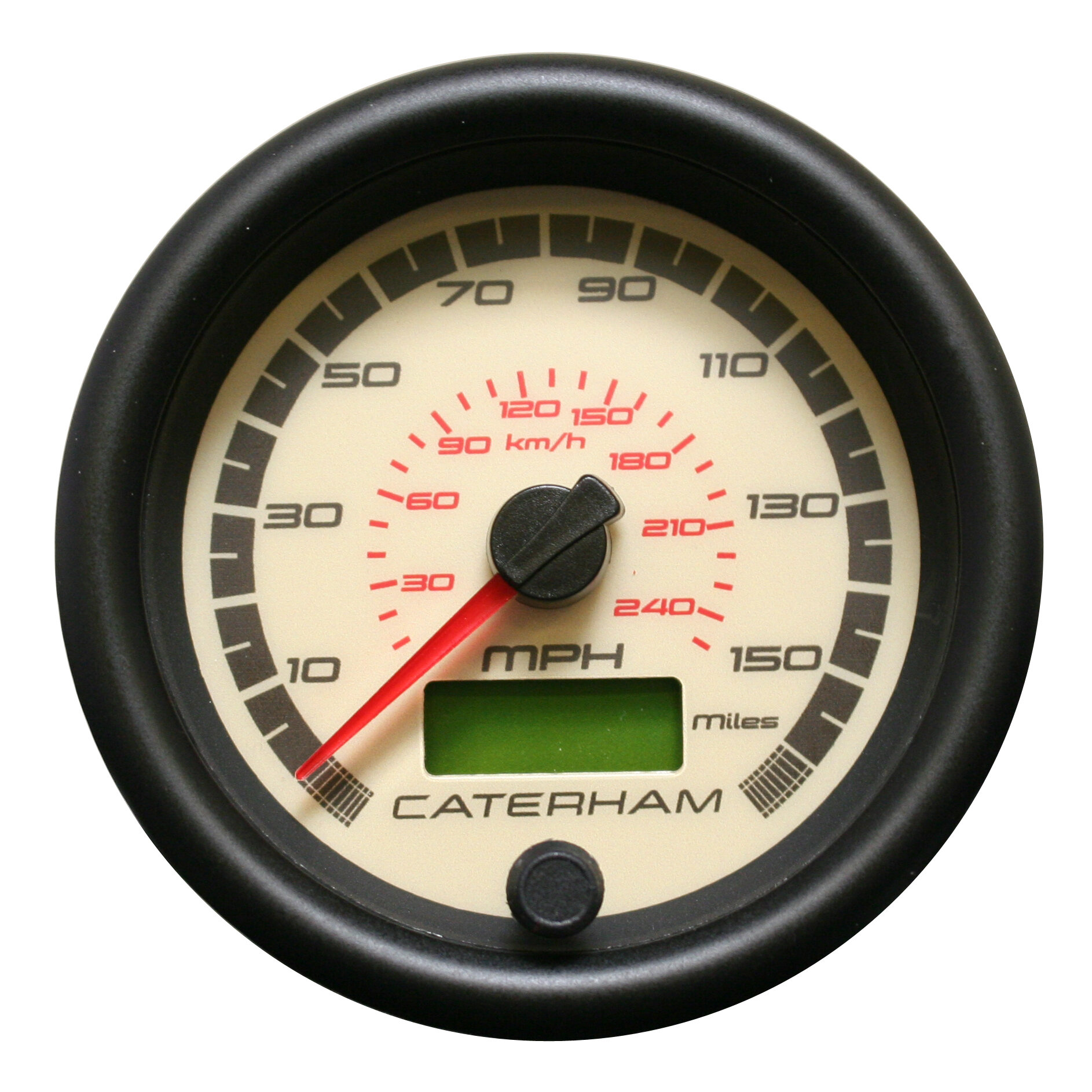Expert Tips for Preserving and Calibrating Your Tachometer
Wiki Article
The Significance of a Tachometer in Keeping Track Of Engine Rate and Efficiency in Automotive Applications
In the realm of automobile design, the tachometer stands as a crucial tool in the driver's toolbox, providing a straight home window right into the inner workings of an automobile's engine. Past its feature as a plain scale of changes per minute (RPM), the tachometer offers as an essential tool for enthusiasts and experts alike, using real-time understandings right into engine performance and wellness.Importance of Monitoring Engine RPM
Keeping track of engine RPM, or revolutions per min, is a crucial facet of vehicle maintenance and efficiency examination. Engine RPM directly associates with the speed at which the engine's crankshaft revolves, suggesting how swiftly the engine is running.Additionally, monitoring engine RPM is necessary for performance analysis in racing and high-performance lorries. Preserving optimal RPM levels is crucial for attaining peak power output and velocity. Racers frequently make use of tachometers to ensure they are running within the optimal RPM array for maximum efficiency. In summary, keeping an eye on engine RPM is not only crucial for detecting problems but likewise for maximizing engine performance in numerous automobile applications.

Advantages of Real-Time Data
In automotive applications, real-time data plays a crucial role in offering instant insights into the performance and condition of the car. By constantly keeping an eye on different specifications such as engine rate, temperature level, gas usage, and a lot more, real-time data provides various benefits that add to enhanced efficiency and safety when driving.
In addition, real-time data promotes efficiency optimization by providing prompt comments on driving habits and engine effectiveness. Chauffeurs can readjust their habits in real-time based on this information to attain much better gas economic climate and prolong the life-span of their car.

In addition, real-time data plays a vital function in modern-day automobile diagnostics, making it possible for service technicians to quickly detect and deal with breakdowns. This leads to minimized downtime, reduced maintenance costs, and inevitably, improved total car integrity and durability (tachometer). By harnessing the power of real-time information, auto stakeholders can make educated choices that positively affect both the efficiency and long life of the vehicle
Effect On Equipment Shifts
Efficient gear shifts in auto applications significantly affect overall efficiency and driving experience. The tachometer plays a vital duty in optimizing gear shifts by offering real-time engine speed information to the motorist. When coming close to the redline on the tachometer, it signifies the driver to upshift to stop over-revving the engine and triggering prospective damage. On the other hand, downshifting at the best moment can assist preserve the engine in its power band, guaranteeing responsive acceleration when needed.Furthermore, the tachometer aids in achieving smoother equipment changes, especially in hands-on transmissions. By keeping track of engine speed, drivers can execute equipment shifts at the optimal RPM array, minimizing jerking More Help motions and minimizing endure the transmission elements. This precision in equipment modifications not only enhances driving convenience however also adds to sustain efficiency.
Enhancing Gas Effectiveness
Given the critical duty the tachometer plays in enhancing gear changes for performance and engine wellness, it directly adds to making the most of gas effectiveness in automotive applications. By giving real-time comments on engine rate, the tachometer helps drivers in keeping the most reliable RPM variety for gas economic climate. When drivers constantly monitor the tachometer and change their driving routines accordingly, they can prevent unneeded fuel intake brought on by over-revving or hauling the engine.Moreover, the tachometer helps chauffeurs determine the address most fuel-efficient gear to be in at any type of given moment, stopping the engine from functioning more challenging than essential. In verdict, the tachometer offers as a beneficial device in boosting gas performance by advertising ideal driving routines and determining areas for improvement in the vehicle's performance.

Taking Full Advantage Of Engine Durability
The tachometer's function in keeping an eye on engine speed and performance contributes in making certain the durability of automobile engines. By utilizing the tachometer effectively, vehicle drivers can maximize engine durability through conscious RPM administration. Regularly revving an engine too expensive can bring about extreme deterioration on critical parts, such as the pistons, shutoffs, and bearings. Over time, this can cause reduced engine performance and possible malfunctions. Checking the tachometer enables drivers to remain within the suggested RPM array for their automobile, preventing unneeded strain on the engine and expanding its life expectancy.
Conclusion
To conclude, the tachometer plays an important duty in keeping track of engine speed and performance in automobile applications. By supplying real-time data on RPM, it permits effective gear changes, improved fuel effectiveness, and taken full advantage of engine longevity. This device is essential for preserving optimal engine performance and ensuring the overall capability of a car.Report this wiki page